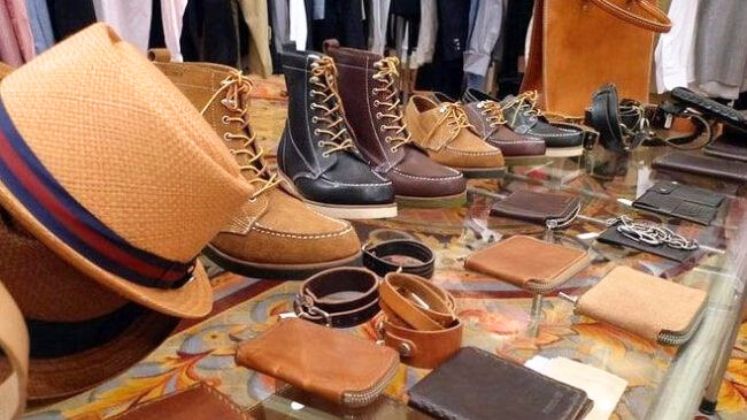
Bangladesh’s leather goods and footwear industry is witnessing promising prospects in the US market, buoyed by recent developments in US tariff policies. While competing nations such as India and China face higher tariffs, 50% and 30% respectively, Bangladesh has successfully negotiated to reduce its import tariffs to a more favourable 20%. This strategic move has opened new doors for Bangladeshi exporters, leading to increased orders from US buyers.
Industry insiders highlight that this tariff differential has created a significant competitive advantage for Bangladesh. Several companies have already reported receiving additional US-bound orders and anticipate further growth in the near future.
Mohammed Nazmul Hassan, Managing Director of Leatherex Footwear Industries and Senior Vice President of the Leathergoods and Footwear Manufacturers and Exporters Association, emphasized the opportunities arising from the US tariff policy. He noted, “The current tariff landscape has created a window of opportunity for Bangladesh. International buyers are increasingly turning to us. Nonetheless, the government’s support is crucial to fully capitalize on this potential.”
Hassan also pointed out key challenges that could hinder long-term growth, particularly unreliable utility services. He explained that inconsistent electricity and gas supplies significantly hamper new factory setups and existing operations. “Electricity supply is unstable; sometimes available, sometimes not. Gas shortages are also prevalent. These utility issues are impacting all sectors of industry,” he added.
Similarly, Hasanuzzaman, Managing Director of BLING Leather Products Limited, remarked that the lower tariffs have already attracted new orders from US clients. “Our US orders are increasing because Bangladesh’s tariff rates are more competitive than those of China and India. However, timely delivery is critical; failure to meet deadlines could turn these gains into losses,” he warned.
Other companies, including Akij Footwear, have also reported rising US demand. Despite these positive signs, industry players caution that without improvements in investment climate, infrastructure, utility efficiency, and customs procedures, competing countries may regain their footing.
According to the Export Promotion Bureau (EPB), Bangladesh’s leather and footwear exports reached US $ 1.7 billion in the fiscal year 2024-25, marking a 14.45% increase from the previous year. US-bound shipments alone accounted for US $ 397.5 million, representing approximately 20-25% of the sector’s total exports. Notably, exports to the US grew by 42% during this period.
While the new US tariff policy offers a significant opportunity for Bangladesh’s leather and footwear sector, industry leaders stress that turning this potential into sustainable success will require urgent improvements in infrastructure, utilities, and a supportive investment environment to stay ahead of international competitors.






